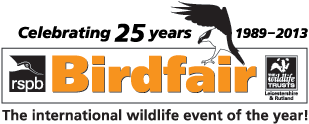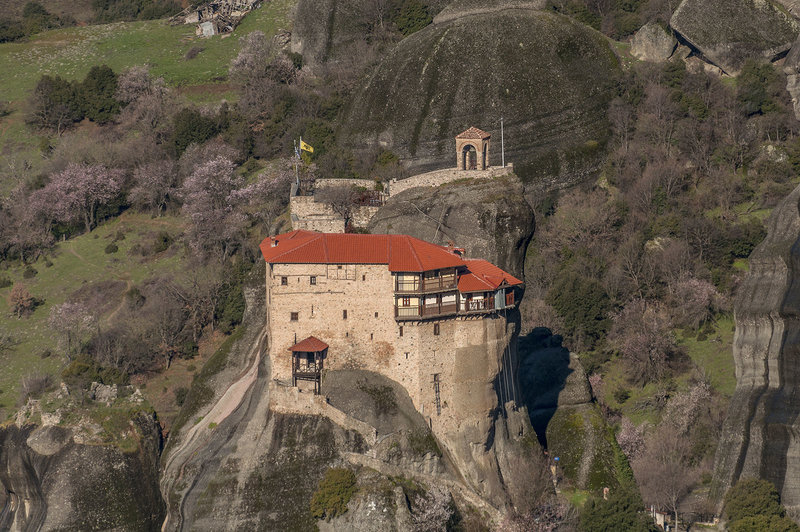 St. Nicholas Anapausas © B. Chotorov
St. Nicholas Anapausas © B. Chotorov
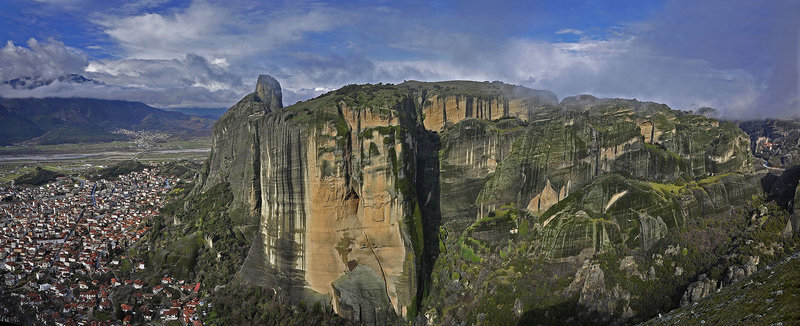 Kastraki village © B. Chotorov
Kastraki village © B. Chotorov
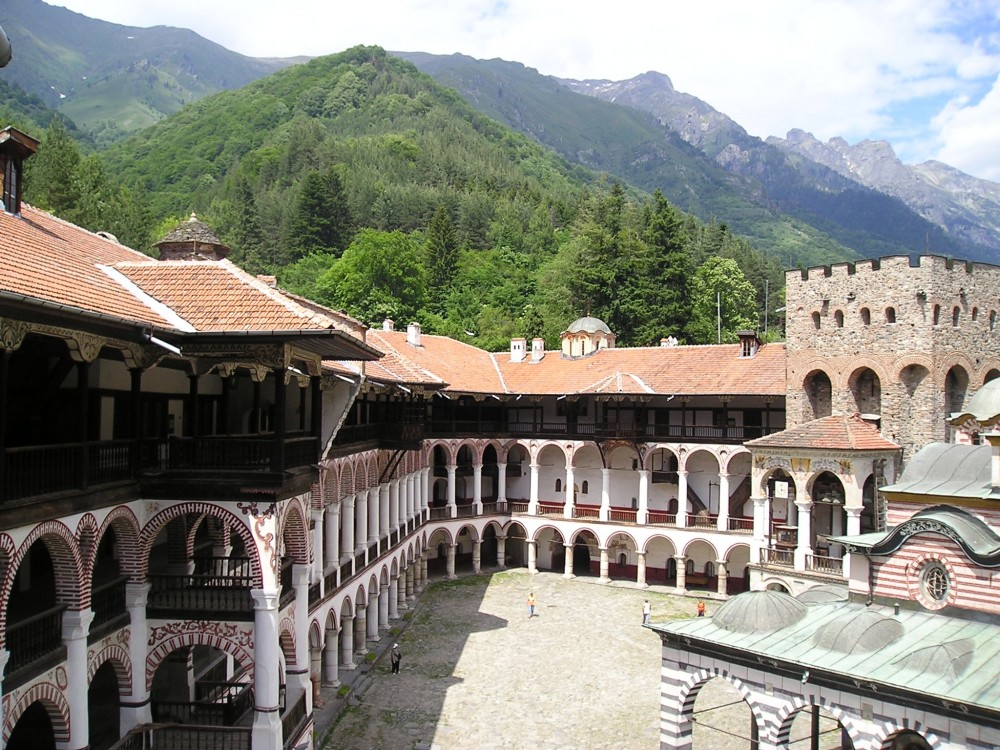 Rila monastery © B. Chotorov
Rila monastery © B. Chotorov
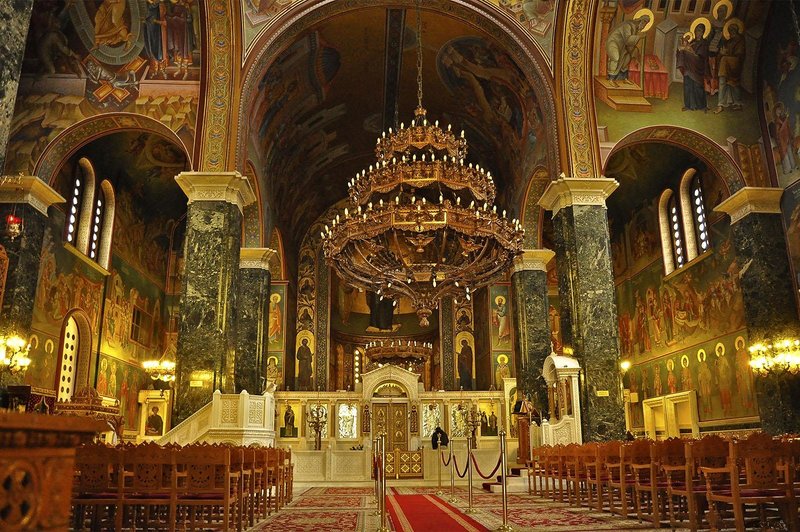 Panagia Dexia church © B. Chotorov
Panagia Dexia church © B. Chotorov
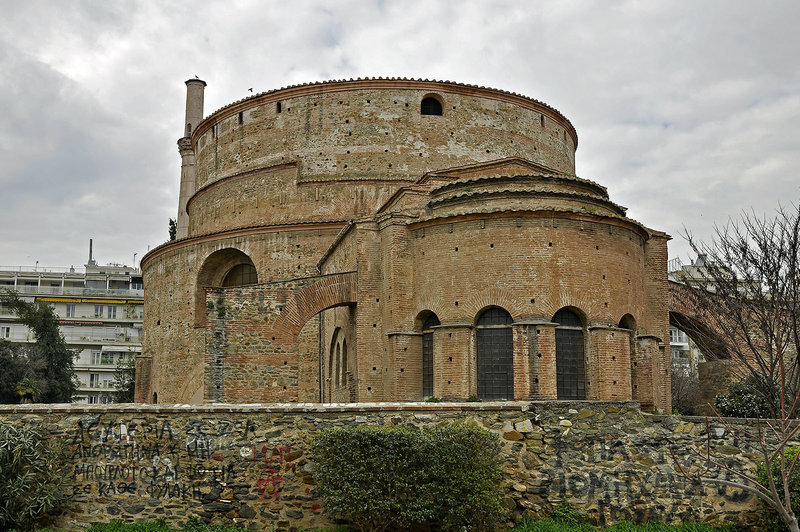 Thessaloniki rotonda © B. Chotorov
Thessaloniki rotonda © B. Chotorov
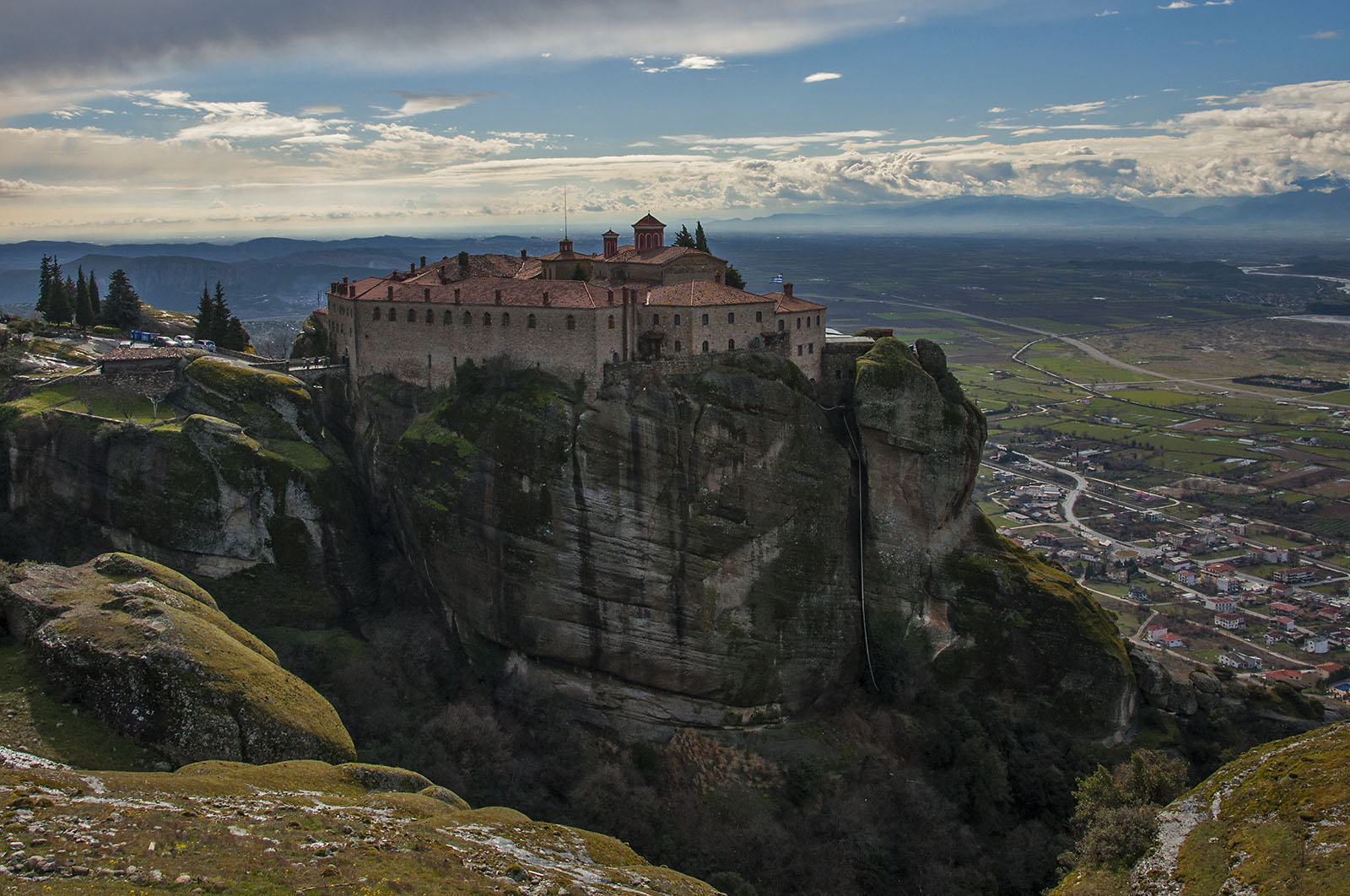 St.Stephen Monastery © B. Chotorov
St.Stephen Monastery © B. Chotorov
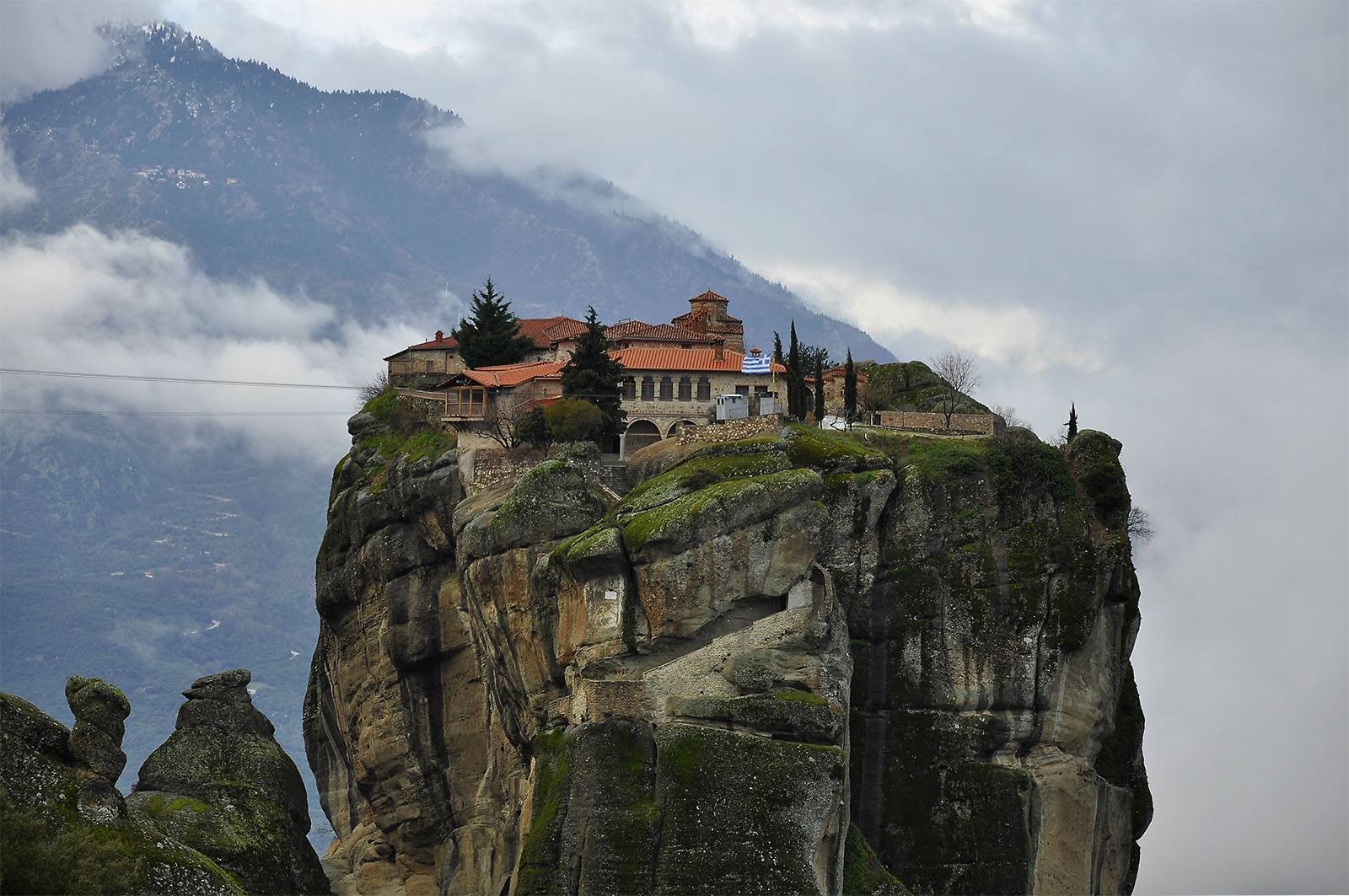 Holy Trinity Monastery © B. Chotorov
Holy Trinity Monastery © B. Chotorov
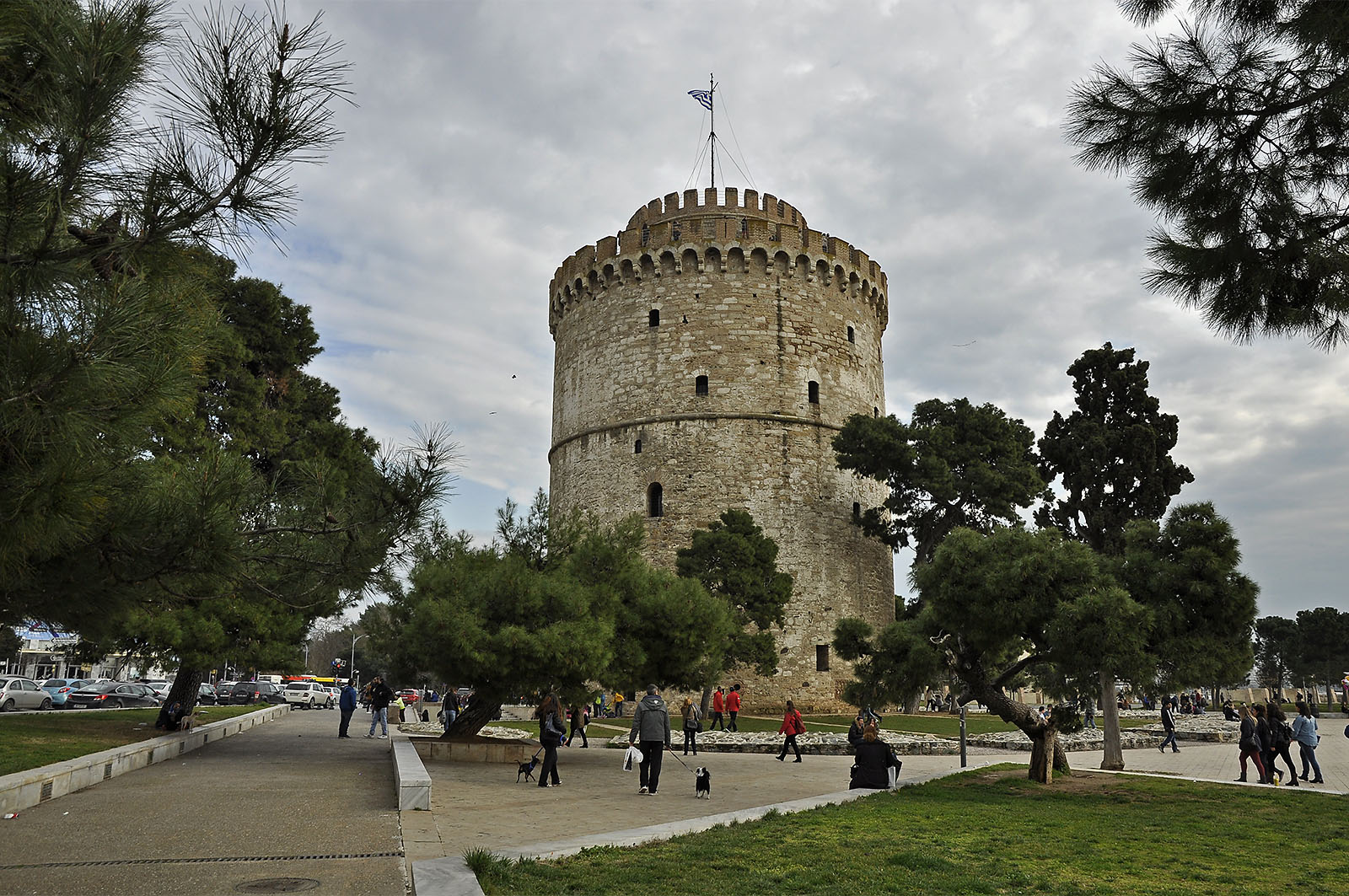 Thessaloniki White Tower © B. Chotorov
Thessaloniki White Tower © B. Chotorov
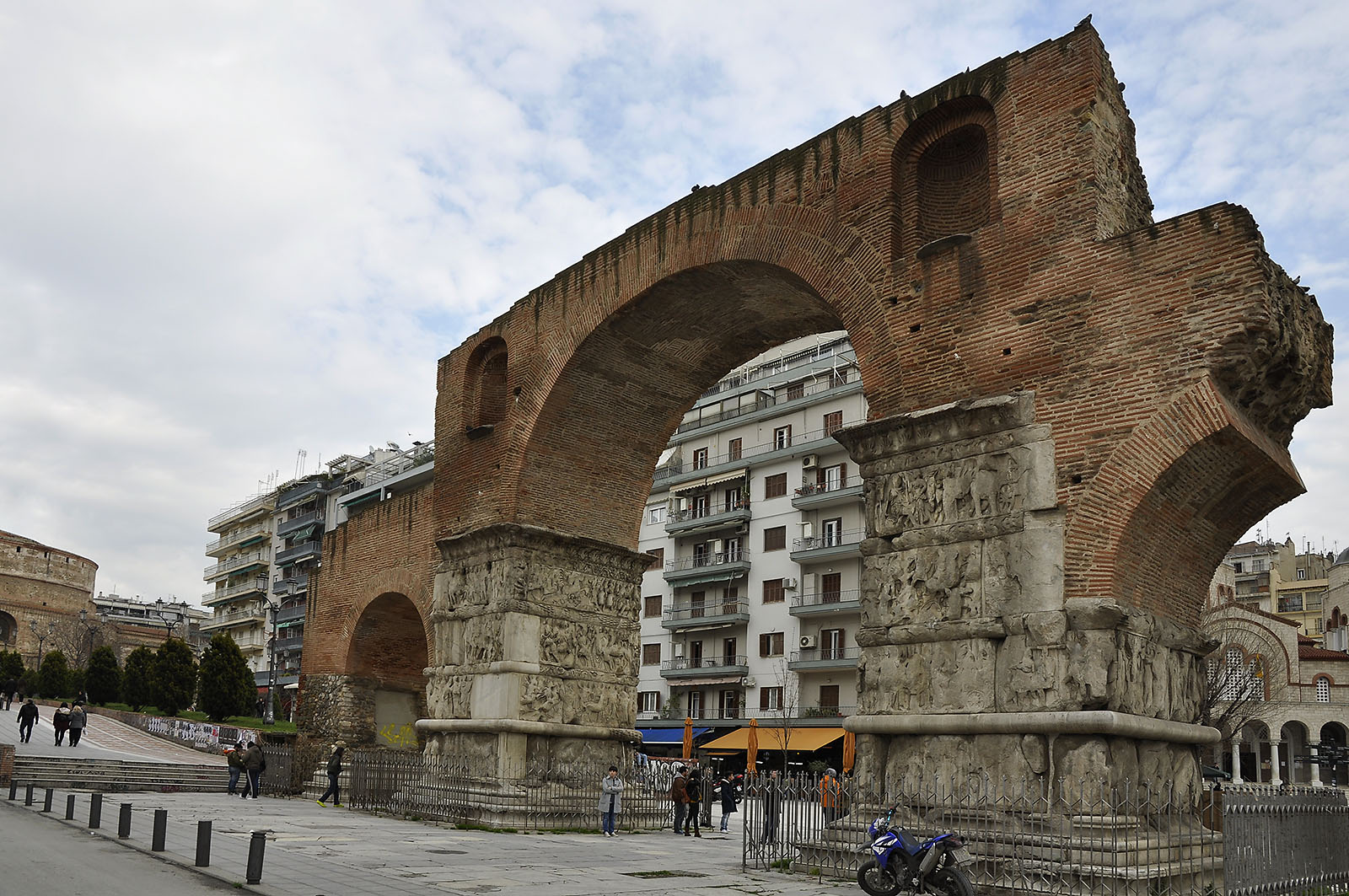 Thessaloniki Arch © B. Chotorov
Thessaloniki Arch © B. Chotorov
.jpg) Meteora Monasteries © B. Chotorov
Meteora Monasteries © B. Chotorov
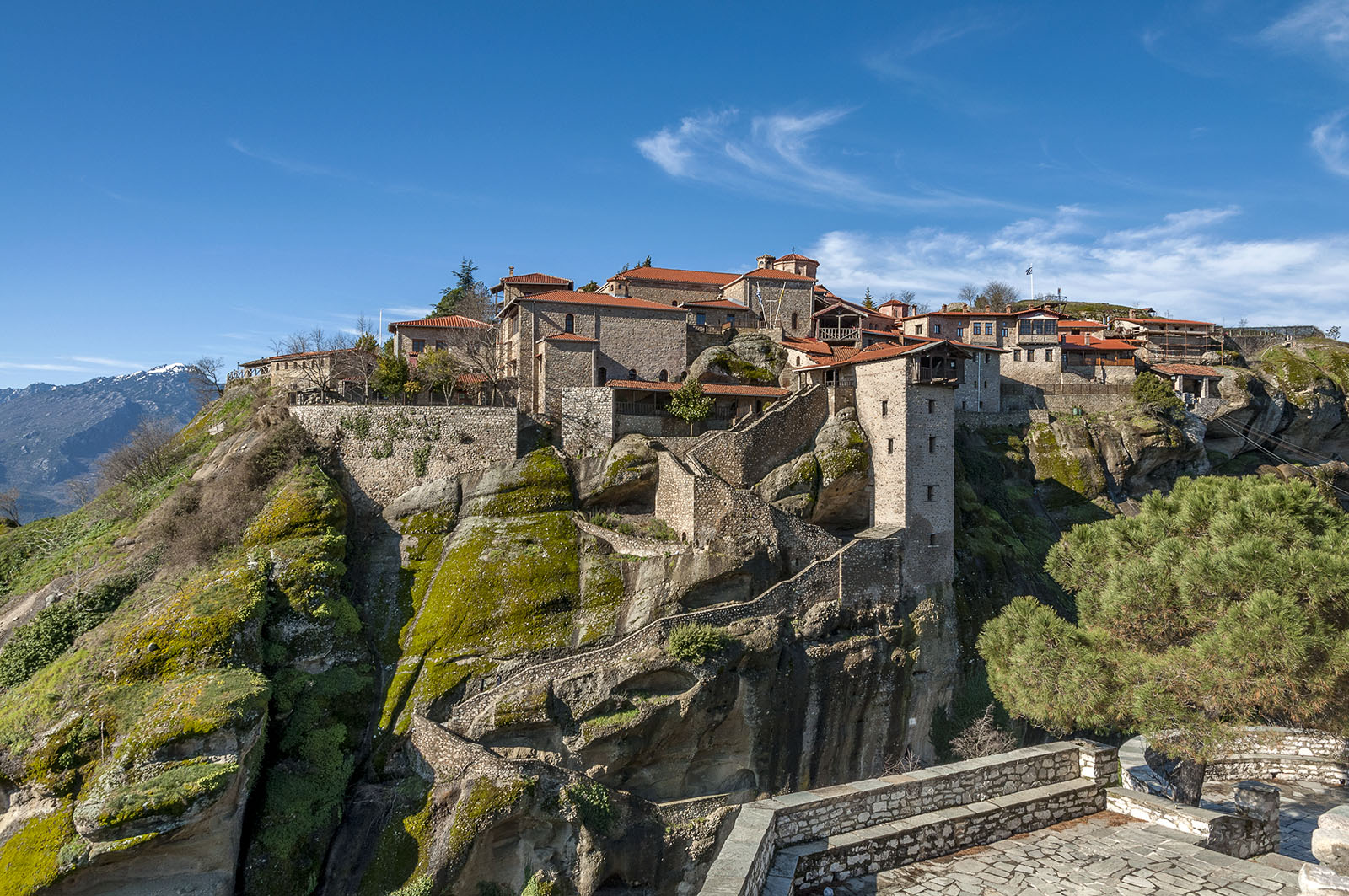 Meteora Monasteries © B. Chotorov
Meteora Monasteries © B. Chotorov
Day 1
After arriving in Sofia we will make a short driving to the city center to see two exquisite examples of the modern and antique Christian temple building: the Patriarchal Cathedral ‘Saint Alexander Nevsky’ finished in 1912, which is also the biggest such temple in the Balkans as well as the church ‘Saint Sofia’, which is the oldest sacred building of the city erected in the beginning of the 4th century AD with the approval of Emperor Constantine I the Great. Following the sightseeing in the city we will set off for the south in order to visit the Rila Monastery built in the 10th century AD. This monastery is included in UNESCO’s List of the World Monuments of Culture and has been designated as one of the most significant monuments of culture of Bulgaria and the entire of Southern Europe. We will acquaint ourselves with the history of the monastery and in the morning those of us who like may attend the morning mass. In order to immerse ourselves in the atmosphere of this mystic and enchanting place we will spend the night in the monastery proper.
Day 2
After breakfast we will continue with our southward trip and the next stop will be at one of the not very numerous well-preserved medieval Bulgarian monasteries: the Rozhen Monastery. On our way back we will stop for a lunch at the town of Melnik – the smallest town in Bulgaria by the way. It fascinates visitors with its picturesque location and appearance. After that we will keep on driving southward in order to cross the border with Greece and continue with our trip there. In the late afternoon we expect to arrive at the coastal city of Solun (Thessaloniki) which lies on the Aegean Sea. There, we will spend the next two nights at comfortable hotel.
Day 3
This day we will start early in the morning for our full day sightseeing tour in the second biggest city in Greece, Solun or Thessaloniki in Greek. Solun has a rich Christian history besides being one of the most important trading centres of the Eastern Roman (Byzantine) Empire. Some of the twelve apostles visited the city and wrote epistles to its people, which entered the canon of New Testament. The city proper is in the UNESCO’s List of the Monuments of Culture of the World Heritage Sites. Our tour will start with visiting a couple of extraordinary examples of the Byzantine architectural mastership: the church Hagios (Saint) Demetrios erected in 313 through 323 AD, and there we will see some of the best examples of the mosaic church paintings. Then comes the church Panagia Chalkeon, erected in 11th century AD, the church Acheiropoietos erected in 450 through 470 AD as well as the Monastery of Agia Theodora, situated within the very city of Solun. Further on, we will also visit a few more of the historical sites like the White Tower of Thessaloniki, the church Hagia Sofia which is also one of the oldest in Solun as well as the Arch of Galerius and his sepulcher-rotunda ‘Saint George’ both dated the 4th century AD. Overnight at Solun (Thessaloniki)
Day 4
After breakfast we continue with our southward trip and in about 3 hours we will reach an amazing and breathtaking site where a wonder of nature and religion have been combined in a unique symbiosis: the rock monasteries of Meteora. Typical for this place are the huge cliffs hundreds of meters high, jutting up as if driven into the ground, and the monasteries built on top of them. The entire countryside has been entered in the UNESCO’s List of the World Heritage Sites and is frequently designated as the eighth wonder of the world. Meteora is actually a kind of a true monks’ republic dated as far back as the 11th century AD. Unfortunately, of the initially erected 24 monasteries only 7 have survived till now and of these only 6 are opened for visitors. In the course of three days we will visit all operating of them as well as some the non-operating and will enjoy the beauty and uniqueness both of the nature of the countryside and of the monasteries with their frescos, icons, and antique relics preserved in them. Immediately upon arriving at this mystical place our tour will start and we will visit two of the operating monasteries. The first is the Holy Trinity Monastery, which is also the very hard of all to access. It was built at an altitude of about 400 m and climbing to it will take about 30 minutes. The next monastery to visit will be St. Stephen's Nunnery founded in 1192 AD and is the easiest to access of Meteora’s monasteries. The tour of the day will end with a short trip to the small town of Kalambaka located at the foot of the Meteora’s cliffs. Kalambaka is known for its warmth and snugness, its unique colours and exceptional Greek cuisine. Here, we will be accommodated for the next three nights.
Day 5
Today we will continue our tour in the Meteora by visiting three more of the operating monasteries. The first will be St. Nikolaos Anapafsas Monastery founded in 12th-13th centuries AD by a monk named Nikanor. It is frequently designated as one of the most picturesque monasteries there. We continue with our tour and come to the Varlaam Monastery founded in the 14th century AD and being the second largest of all monasteries there. After leaving Varlaam, we climb to the Great Meteoron Monastery. This is the oldest of all monasteries there. It was founded by St Athanassius of Meteora in 1340 AD who also gave his name to the countryside. The monastery is situated on the highest cliff of the Meteora and in it one can see the most valuable examples of the post-Byzantine art in Greece. The room, where are arranged the skulls and bones of the eremites who have stayed until their death in the monastery, is an impressive sight. Our day will end up with the organized by our hosts a special Greek evening, which will make us absorb completely in the atmosphere of this fairy place.
Day 6
Today, we are about to visit one of the non-active but not less remarkable of the rest of the monasteries: St Nicolas (Badovas). Partially built in a large rock cavity, the access to this monastery once had been possible only with the aid of a wooden ladder, which connected the cave in the lower part of the rock with the monastery. The monastery proper is not opened for visitors. We continue towards the remains of the Agios Georgios Monastery (Mantilas). These remains have been built in one of the most popular local caves dedicated to St. George and located on one of the steepest slopes of Meteora rocks. Every year, on Saint George's day, local young men risk life and limbs in climbing up to this cave to replace the colourful scarves (mantilas) which adorn the ruins. Our tour will end up with the visit to the last of the operating monasteries there: the Roussanou Monastery, erected in the end of 16th century AD. In the late afternoon we will have time enough to sightseeing the picturesque little town of Kalambaka where we are accommodated. We will visit one of its main landmarks, namely ‘The church of Assumption’ from the 11th century AD. The church was erected on the ruins of an early-Christian basilica dated the 5th century AD and is considered one of the oldest churches in Greece. Unfortunately, this is our last day in this fairy and mystic place.
Day 7
Transfer to Thessaloniki for our flight back. Following an early breakfast, we will travel to Solun where we will take our flight back
Medieval and classic churches and monasteries in Bulgaria and (Northern) Greece Some of the most exquisite and significant monuments of culture in Bulgaria and in South-East Europe : the cathedral ‘Saint Alexander Nevsky’, Rila Monastery. Solun (Thessaloniki) is a city of thousand of years of Christian history and one of the most important trading centres of the Eastern Roman (Byzantine) Empire The monasteries at Meteora (Greece), sometimes nominated as the eighth wonder of the world.
Languages
English
Group size
6 - 14
Individual tour
3 - 5
available


